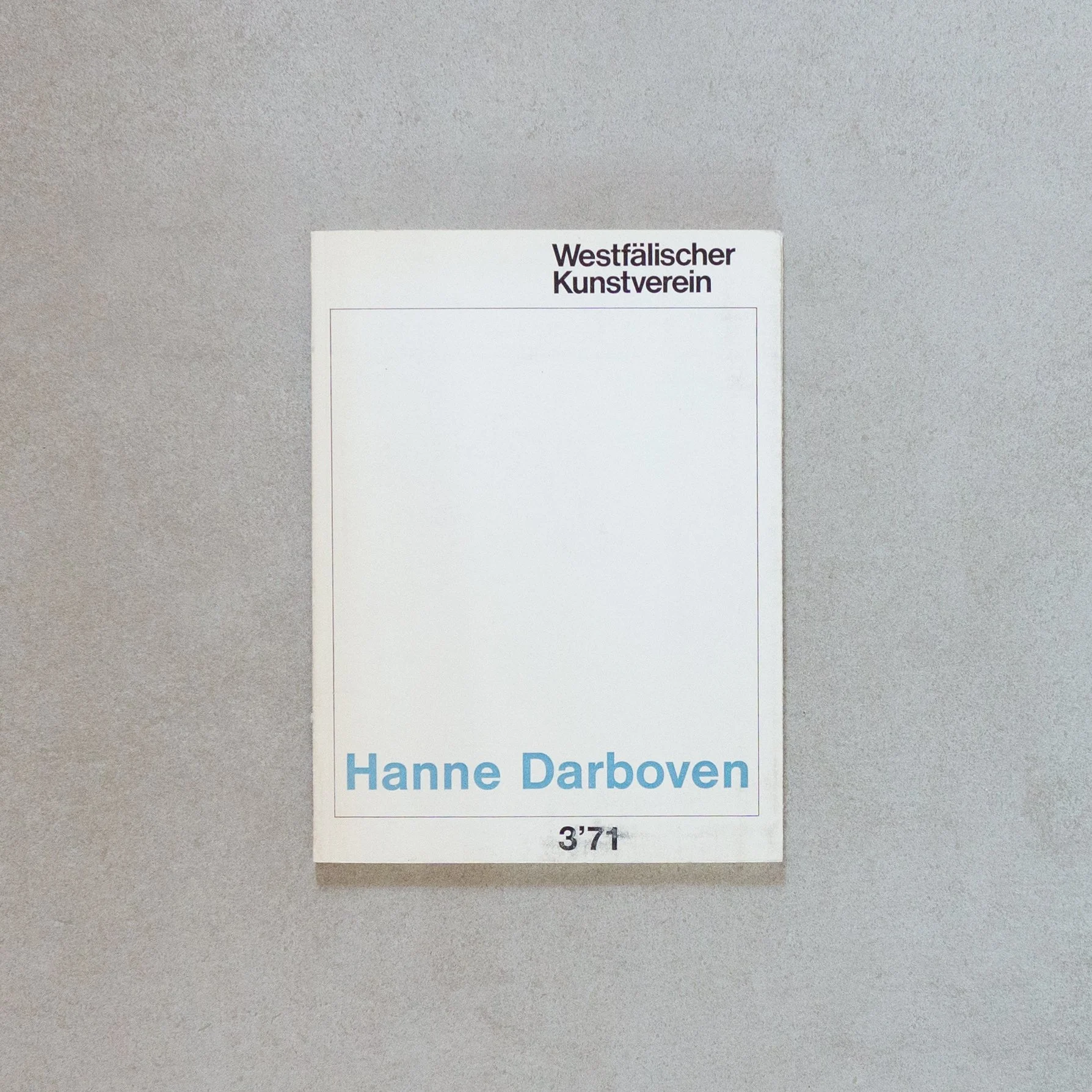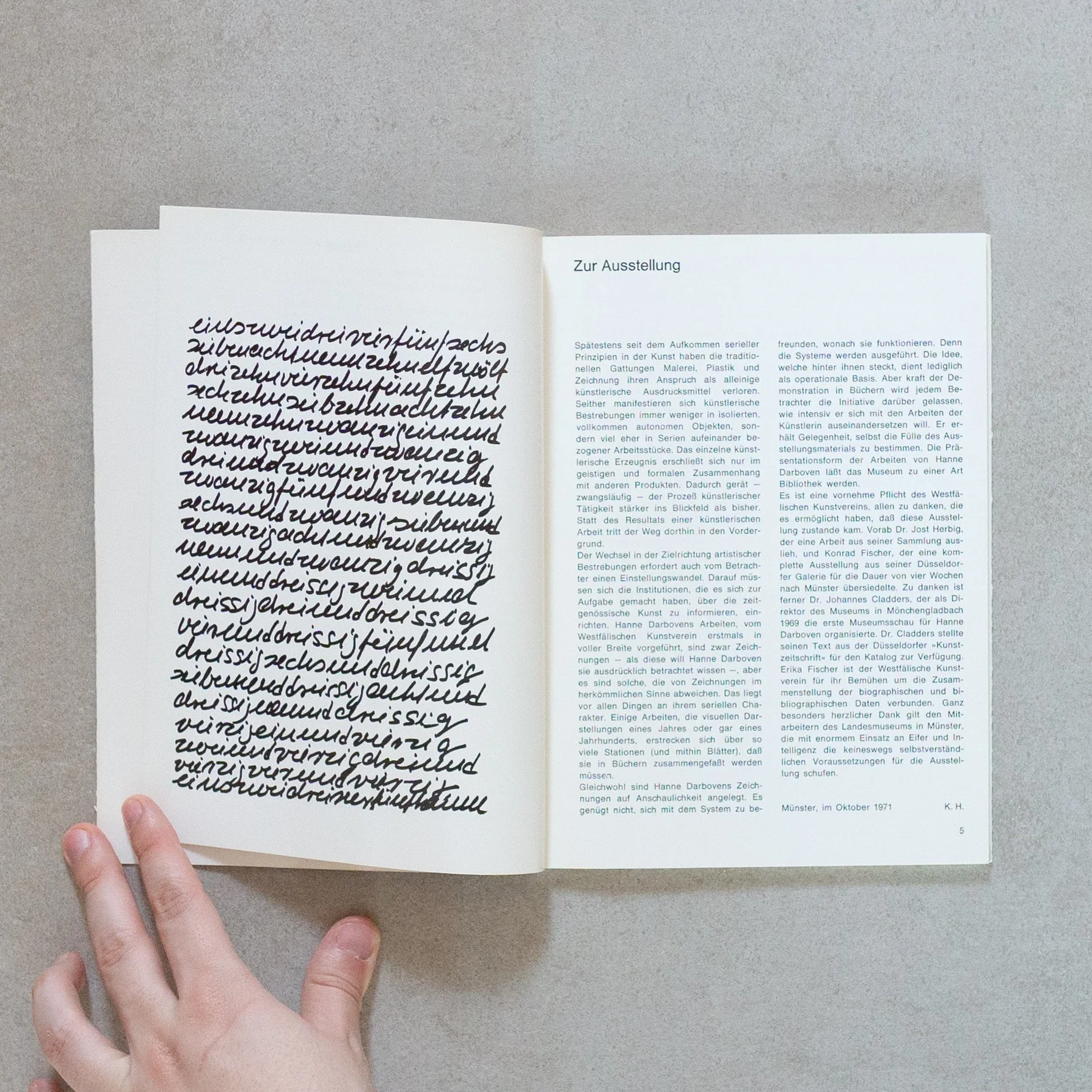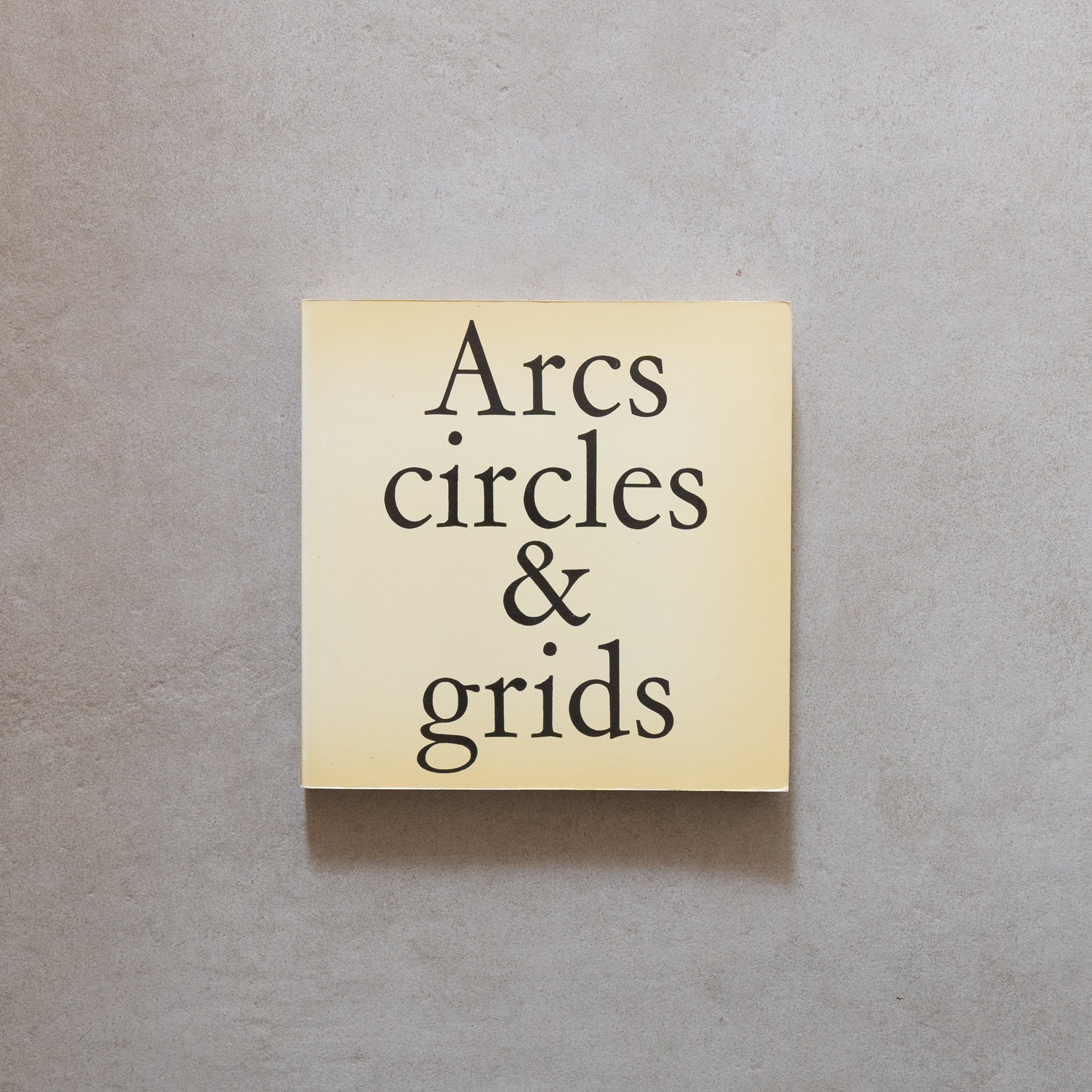 Image 1 of 7
Image 1 of 7

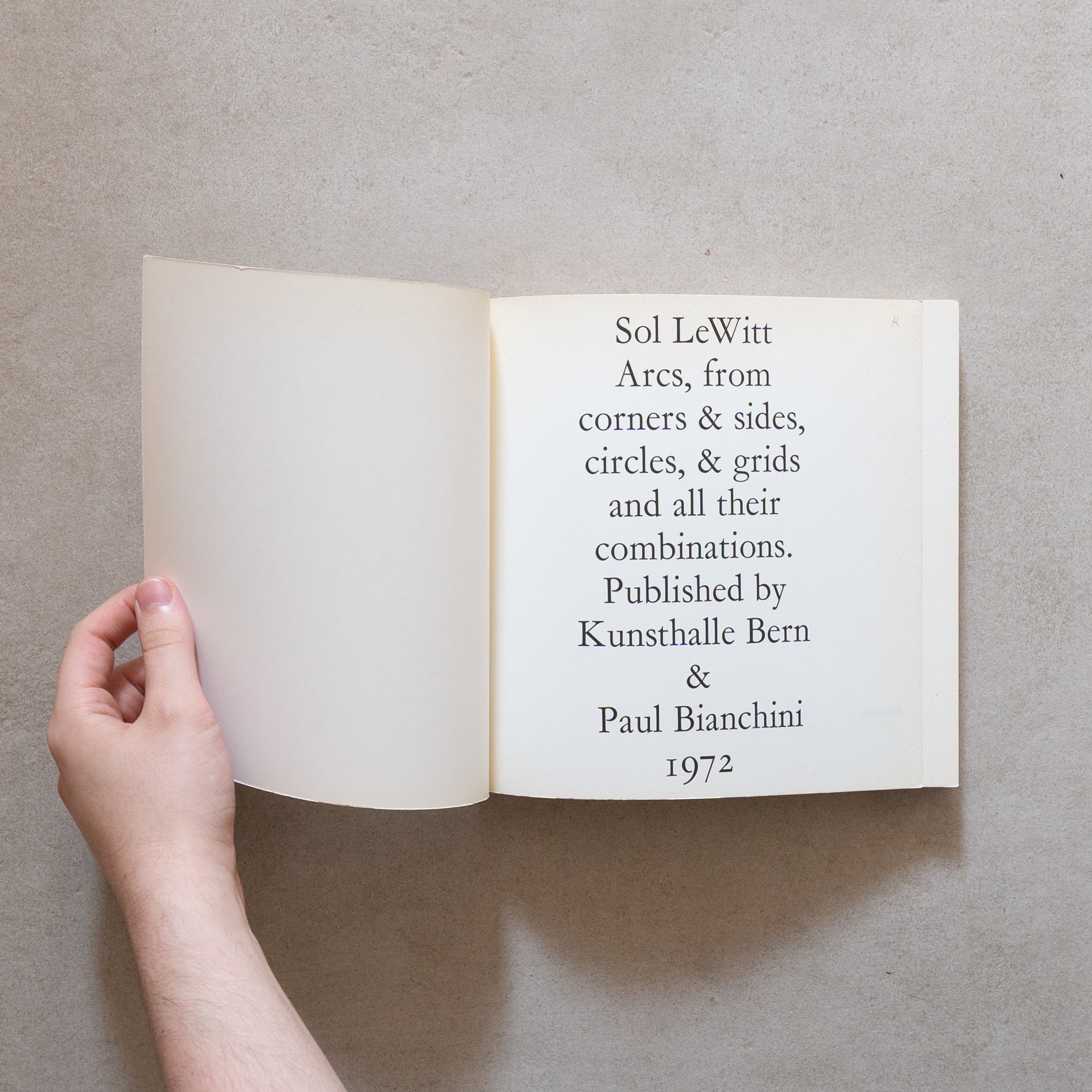 Image 2 of 7
Image 2 of 7

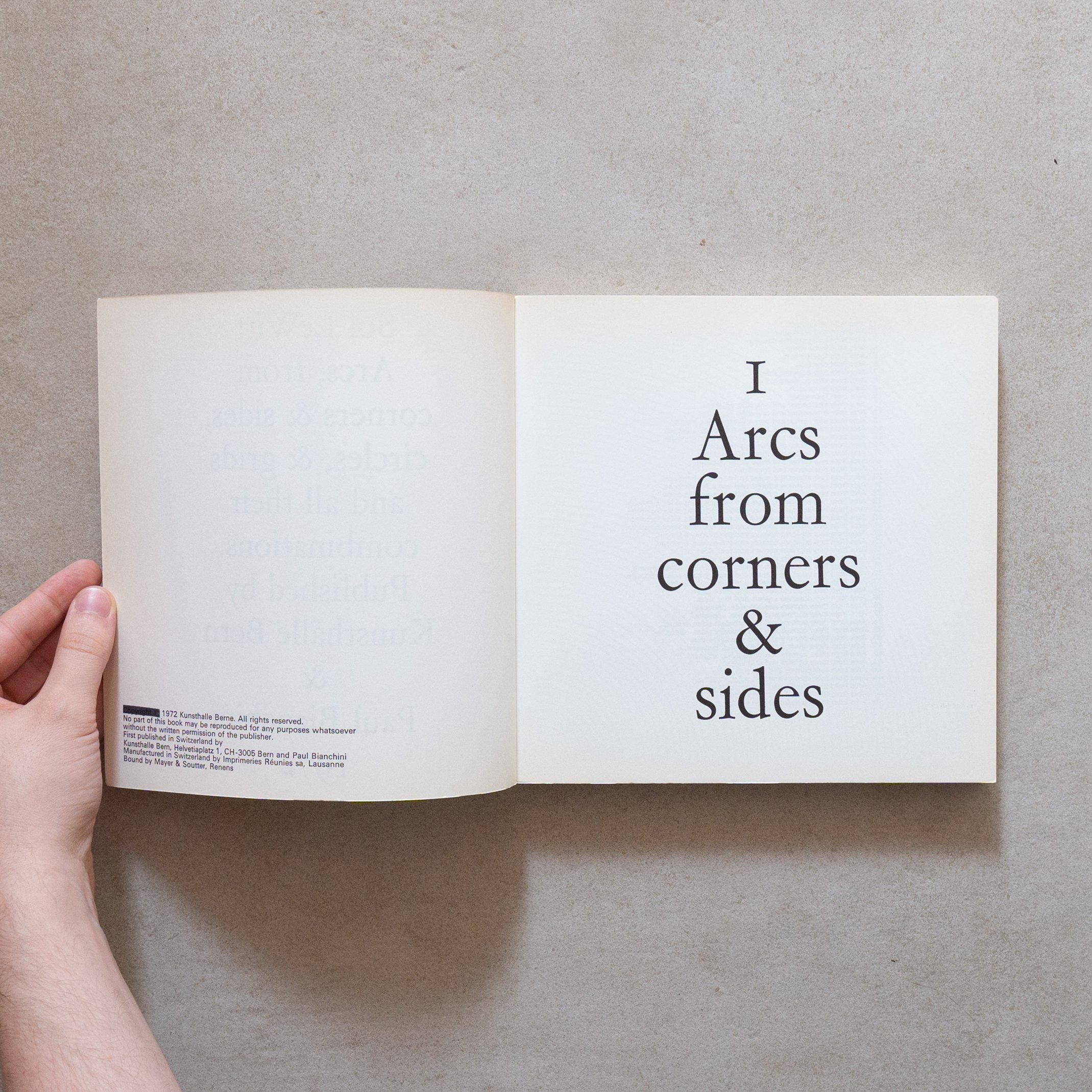 Image 3 of 7
Image 3 of 7

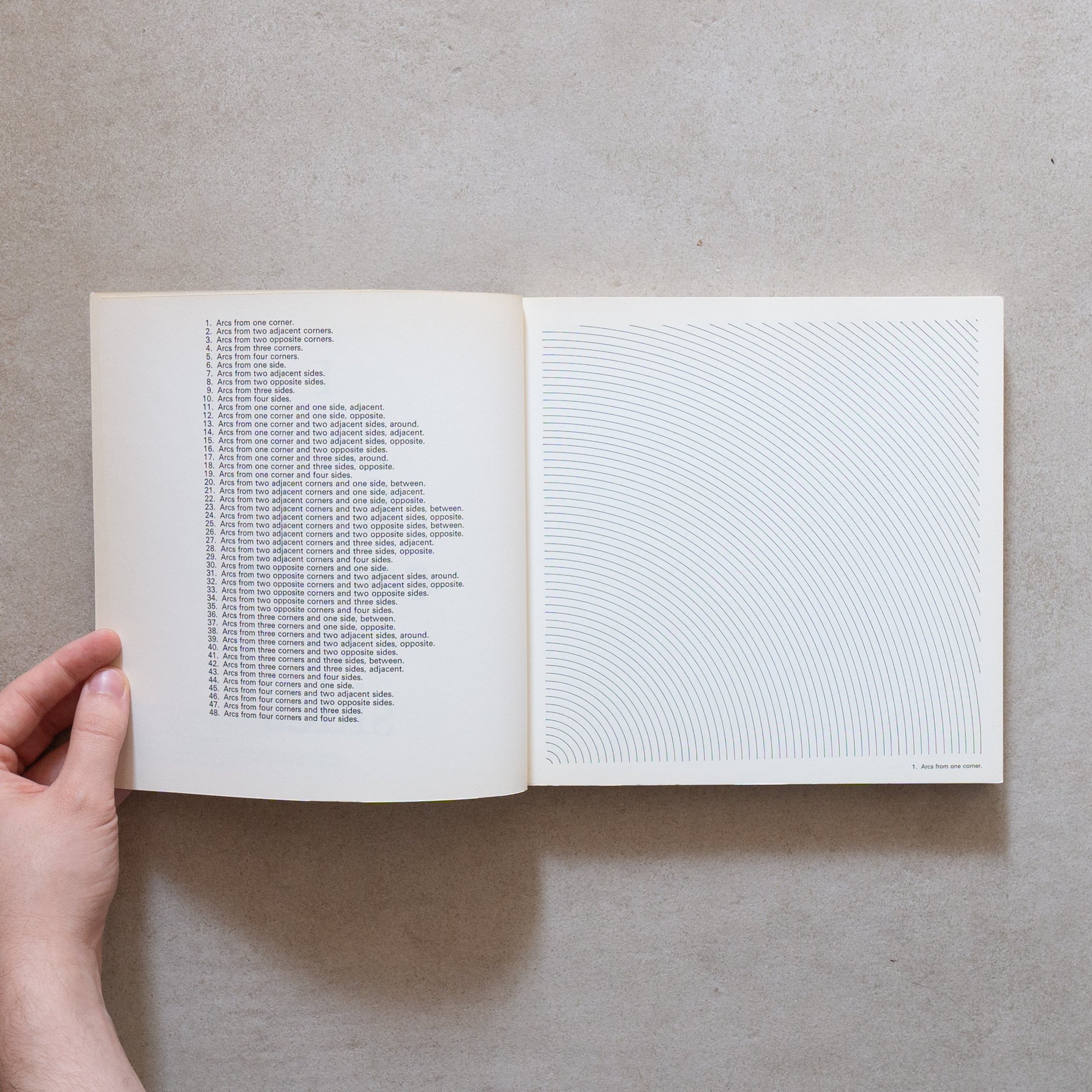 Image 4 of 7
Image 4 of 7

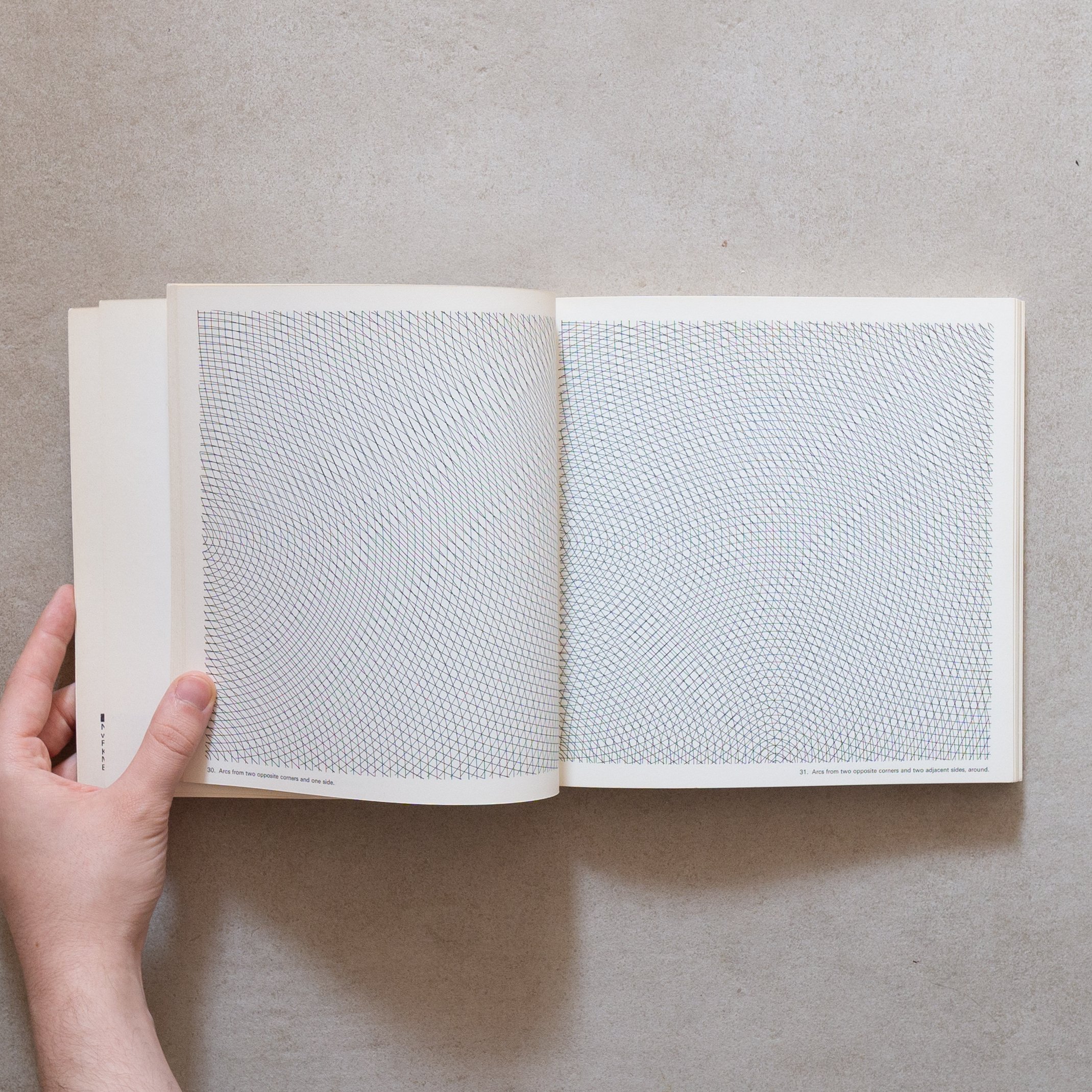 Image 5 of 7
Image 5 of 7

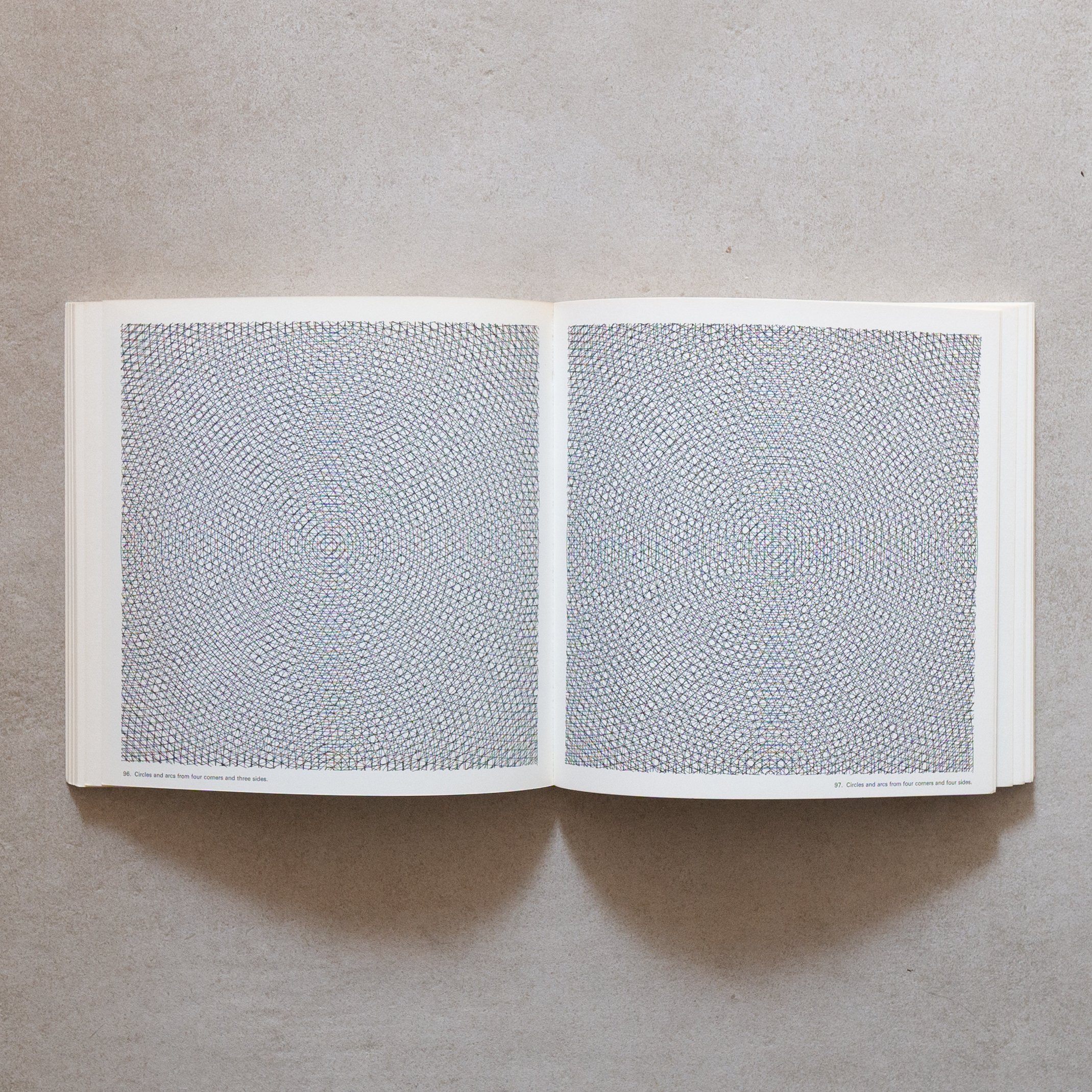 Image 6 of 7
Image 6 of 7

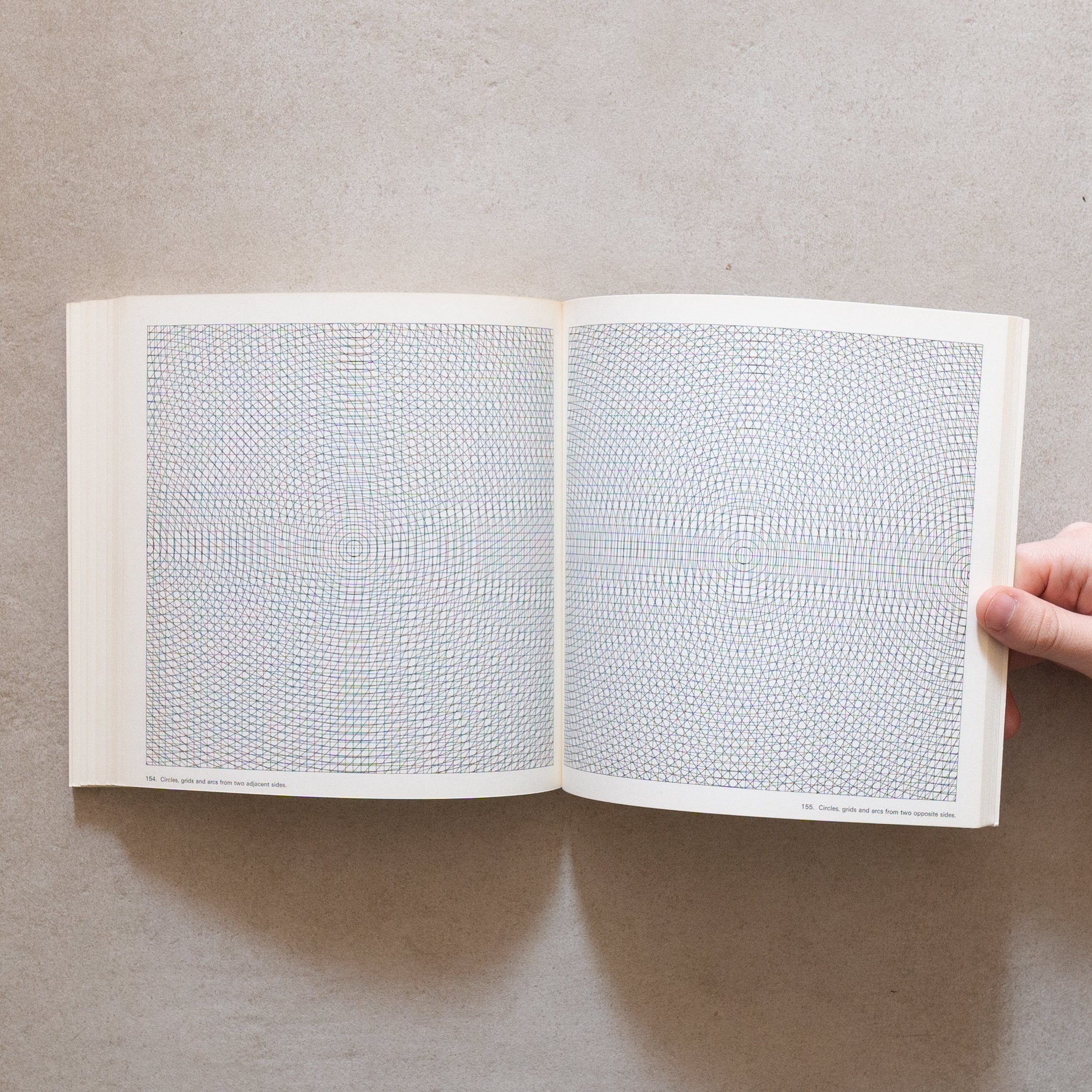 Image 7 of 7
Image 7 of 7








Sol Lewitt / Arcs, from corners & sides, circles, & grids and all their combinations
LEWITT Sol (Hartford 1928 - New York 2007)
[Paris], Kunsthalle Bern & Paul Bianchini, 1972, 20.3x20.3 cm., softcover, 195 pages, white cover with black title different from the one on the title page: Arcs, Circles & Grids. Artist’s book without text, divided into 4 chapters (1. Arcs from corners & sides, 2. Arcs & circles, 3. Arcs & grids, 4. Arcs, circles & grids), and 4 indexes listing the titles of all illustrations; 195 full-page black-and-white illustrations. First edition.
[Bibliography: Lewitt 1990: pp. 18-23, 64; Lewitt/Legg 1978: p. 11; Maffei/De Donno 2009: p. 41].
LEWITT Sol (Hartford 1928 - New York 2007)
[Paris], Kunsthalle Bern & Paul Bianchini, 1972, 20.3x20.3 cm., softcover, 195 pages, white cover with black title different from the one on the title page: Arcs, Circles & Grids. Artist’s book without text, divided into 4 chapters (1. Arcs from corners & sides, 2. Arcs & circles, 3. Arcs & grids, 4. Arcs, circles & grids), and 4 indexes listing the titles of all illustrations; 195 full-page black-and-white illustrations. First edition.
[Bibliography: Lewitt 1990: pp. 18-23, 64; Lewitt/Legg 1978: p. 11; Maffei/De Donno 2009: p. 41].
“(...) This begins with a page entitled ‘Arcs from One Corner’ in which curves radiate from the lower left corner like a rising sun, and when they reach the opposite corner, the lines have become straight. When circles and grids are introduced, progressively and then simultaneously, the overlapping becomes complex but never too dense. The network of the final page is still brilliantly woven.” (LeWitt/Legg).







